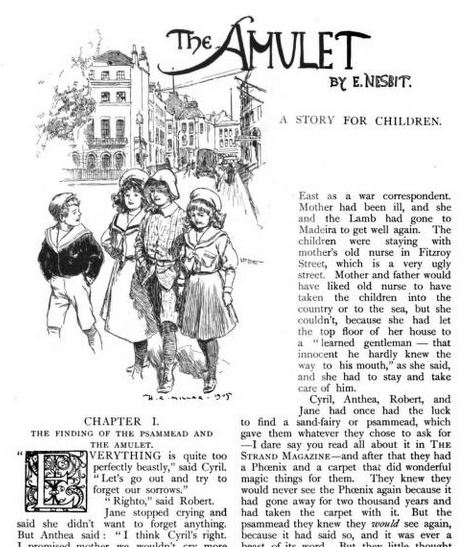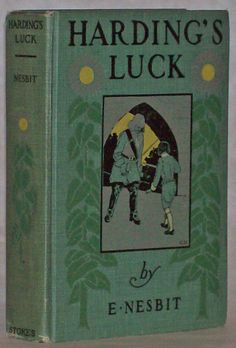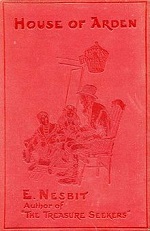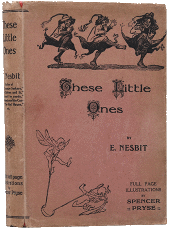Novel
The Amulet
- by E. Nesbit
- serialized in Strand Magazine, April 1905 to March 1906
Edith Nesbit’s Five Children and It about five English children and their wish-granting Psammead never engaged me as a child, nor did her sequels: The Phoenix and the Carpet (1904), and finally The Amulet, which was the only one with time travel. In that third story, the eponymous magic amulet takes them to times that span from ancient Egypt to the future. It was only the amulet that had the power of time travel, and even if I never bonded much with Cyril, Anthea, Robert, Jane, and the baby, I do admire Nesbit for bringing time travel to children’s stories.
The story was initially serialized as The Amulet in twelve monthly issues of The Strand before the book was published in 1906 as The Story of the Amulet. Decades later, the children show up in a cameo in the fourth book of Edward Eager’s Tales of Magic series. —Michael Main
The story was initially serialized as The Amulet in twelve monthly issues of The Strand before the book was published in 1906 as The Story of the Amulet. Decades later, the children show up in a cameo in the fourth book of Edward Eager’s Tales of Magic series. —Michael Main
Don’t you understand? The thing existed in the Past. If you were in the Past, too, you could find it. It’s very difficult to make you understand things. Time and space are only forms of thought.




